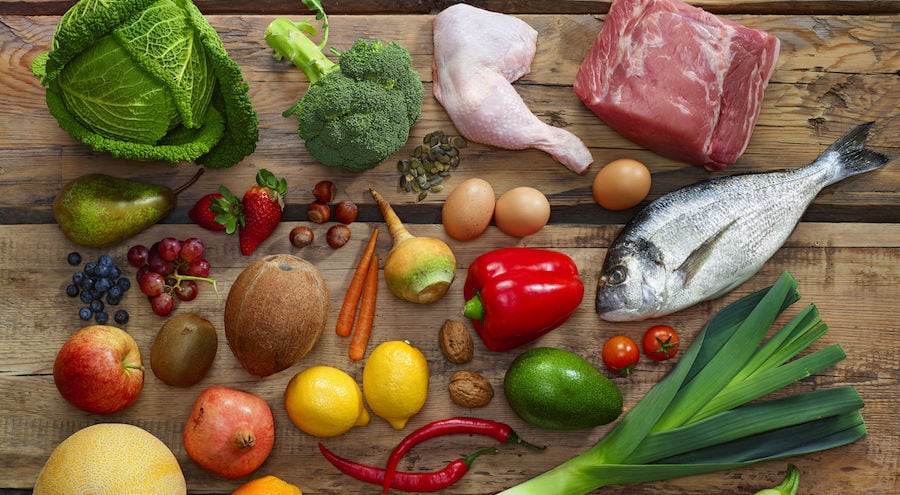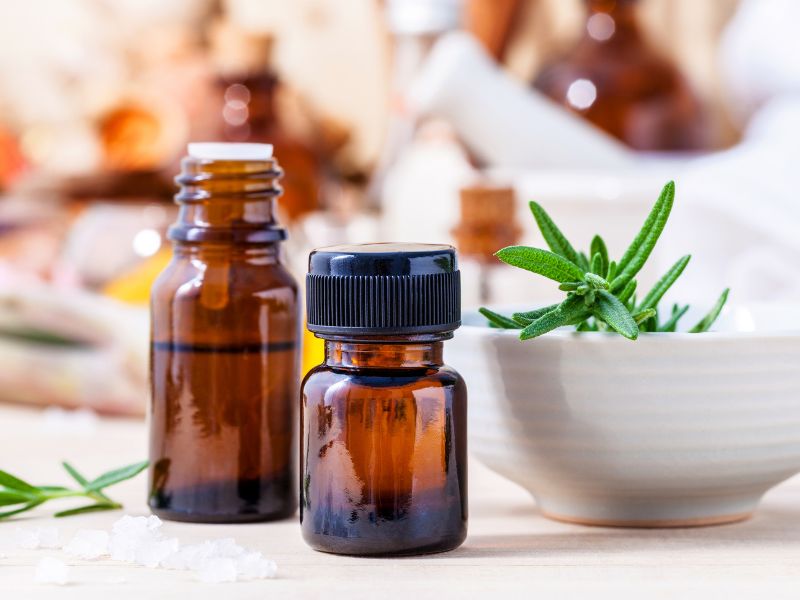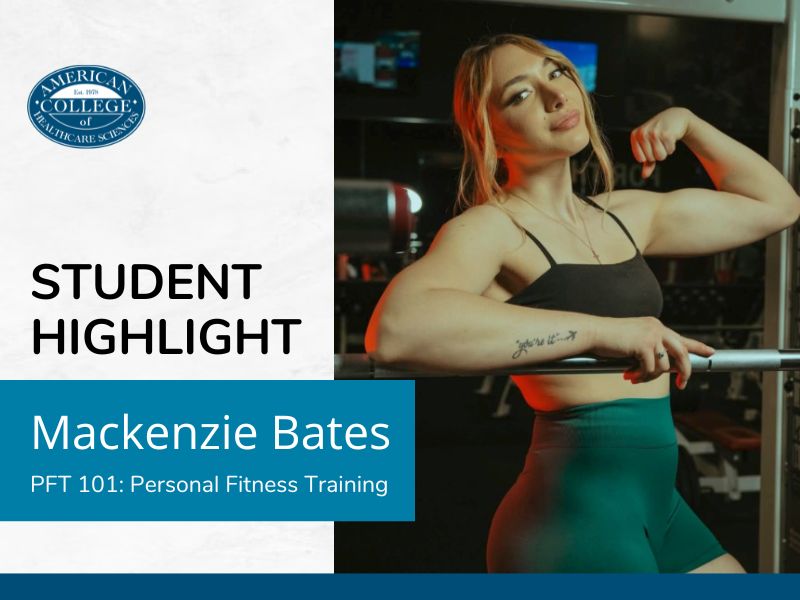The Paleo diet is gaining in popularity and it’s really not difficult to follow. The cornerstones of the Paleo way of eating are eliminating refined sugar and refined carbs, while concentrating on natural foods, like nuts, meats, and vegetables. Calorie counting and portion control are not recommended, while cutting out cereal grains and legumes is necessary. Luckily, for those of us who like to eat out, more and more restaurants are starting to offer Paleo options on their menus. Was your New Year’s resolution to “go Paleo?” Here are some delicious, “caveperson” recipes to keep you going at home.
Beef tenderloin
Everyone loves a delicious beef tenderloin, and here’s how to make it the Paleo way. Rinse and dry the meat. Grind fresh salt and pepper and rub both onto the outside. Bake in a 400-degree oven for around 45 minutes, or until the temperature reaches between 135 and 140 degrees. Remove from the oven and let rest for fifteen minutes before carving.
Make a gravy for your tenderloin by roasting a head of garlic in the oven (you can do this while your meat cooks). Transfer the cloves of garlic, along with an oil of your choice and some arrowroot flour to thicken your gravy, and sauté the ingredients until the consistency is how you prefer it. If it’s too chunky, run it through a blender or food processor.
WHY THIS RECIPE ROCKS: Beef, in moderation, helps keep your iron content as high as it should be. It’s also a good source of protein and B vitamins. Garlic has been shown to lower blood pressure and has other benefits as well. Each 6-ounce piece of beef is around 550 calories, has 16 grams of saturated fat, and boasts 70% of the recommended daily value for vitamin B-12 and 80% of needed protein. The gravy will add around 50 calories for a half-cup portion. If made using the recipe above, the fat and carbs are negligent.
Roasted sweet potato and carrot mash
Regular potatoes are technically not part of the Paleo diet, but sweet potatoes are! In my opinion, it’s nice to be able to serve them in a new way. This recipe serves four. To make it, peel and cube two sweet potatoes and one pound of carrots. Set your oven to 425 degrees.
Transfer your potatoes and carrots to a baking sheet, and toss with the oil of your choice and a bit of kosher salt. Cook 30 to 40 minutes, stirring so nothing sticks. In a food processor, add the potatoes and carrots, and then some spices of your choice, like cinnamon, and a splash of almond milk to help make the mash smooth and creamy. Voila!
WHY THIS RECIPE ROCKS: Sweet potatoes have fiber and are rich in vitamin A, which carrots also boast a ton of. Cinnamon is an antioxidant and has also shown to help fight inflammation. A one-cup portion of this side dish has about 150 calories, along with six grams of fiber and a whopping 580% of needed vitamin A.
Brussels sprouts salad
Sauté one pound of Brussels sprouts in a skillet. While they’re cooking, mix a dressing of two tablespoons olive oil, a half-teaspoon of apple cider vinegar, a half-teaspoon of Dijon mustard, and salt and pepper to taste. Toast a half-cup of pecans, and at the end, add those and a half-cup of raisins to the Brussels sprouts and dressing.
WHY THIS RECIPE ROCKS: Brussels sprouts, like some other vegetables, have fiber. They’re also a good source of vitamin C. Add pecans to the mix and you’ll get lots of fiber and magnesium. In case you weren’t aware, many people are woefully deficient in magnesium, which is a mineral necessary for a plethora of bodily functions, especially those involving your heart, muscles, and kidneys (if you’re curious about this, be sure to contact your primary care physician or naturopathic doctor).[1] One cup of this salad is 730 calories, has eleven grams of fiber, and 124% of daily needed vitamin C. If you’re freaked out about the calorie count for this dish, remember – eating Paleo doesn’t mean counting calories. It’s about the things you eat and how they’re prepared, not how many calories you consume.
Roasted butternut squash
For this recipe, you’ll need two pounds of butternut squash, peeled and chopped. Preheat the oven to 425 degrees, and combine squash with three cups of fresh cranberries, three tablespoons of maple syrup, and some oil. Spread onto a baking sheet and cook for twenty to thirty minutes. Sprinkle with desired amount of goat cheese and almonds before serving.
WHY THIS RECIPE IS HEALTHY: Butternut squash has tons of both vitamins A and C, plus it’s a good source of potassium. You’ll add fiber with the cranberries, as well as lower your blood pressure. Plus, they serve as one of nature’s best antioxidants. Maple syrup contains important trace minerals like zinc and manganese, which are commonly deficient in our diets, and almonds, besides being another high-fiber food, contain more of the magnesium we all need. A portion of this dish (1 cup) is around 100 calories. Also present are over seven grams of fiber, nearly 300% of daily recommended value of vitamin A, and 70% of vitamin C. Adding the goat cheese and almonds will increase caloric content, but will also add more needed nutrients, which is what the Paleo diet centers on.
Broccoli and cherry tomato roast
Preheat oven to 450 degrees, then combine six cups of broccoli, one pint of cherry tomatoes, two chopped shallots, six smash garlic cloves, one teaspoon Herbs de Provence, and a couple of tablespoons of your favorite oil. Spread the mixture on a baking sheet and cook for ten minutes. Stir, turn, and cook for another ten minutes. Serves 4-6 people, so you may need to scale this one up to feed a crowd.
WHY THIS RECIPE ROCKS: Broccoli contains many nutrients, including fiber, vitamin C, vitamin K, iron and potassium. Broccoli also contains more protein than most other vegetables. One cup of this roast is 30 calories, but the real star of this dish is the 150% of vitamin C it contains. By the way, the shallots, garlic, Herbs de Provence, and oil add some good fats, vitamins, and minerals, but aren’t a big factor in the overall nutrition profile of this dish.
Caveman hot chocolate
This is a very easy, three-ingredient Paleo take on a classic drink. You’ll need one cup of almond milk, six dates (which you’ve soaked overnight and removed the pits from) and a tablespoon of raw cacao. Throw everything in a food processor or blender, then warm up on the stove or in the microwave.
WHY THIS RECIPE ROCKS: Though almond milk doesn’t have the same nutrients as whole almonds, it’s a great alternative for those sensitive to dairy products. Dates are full of fiber, as well as antioxidants, and tons of vitamins and minerals. Raw cacao contains an essential health-healthy fat not found in many other foods: oleic acid. Then there are the additional benefits of chocolate, like being high in protein, fiber, and vitamins. Because it’s raw, there’s no added sugar to worry about. Making this drink with almond milk rather than dairy milk removes the saturated fat and cholesterol from the equation. In addition, the dates add flavor, but don’t up the fat content, and one serving comes in at under 100 calories. And you probably thought the cacao powder and dates would add a ton of sugar. They don’t, and what they do have is considered natural, food-based sugar rather than artificial sweetener.
Hazelnut cookies
Another easy recipe! The ingredients include one cup of hazelnut flour, one and a half cups of almond flour, along with a pinch of both salt and baking soda. Mix those ingredients together and add them to a wet mix of one-quarter cup of melted ghee, and another of honey, along with one tablespoon of vanilla extract. Put the cookies in a 325-degree oven for ten to twelve minutes.
WHY THIS RECIPE ROCKS: Like many other nuts, hazelnuts offer an abundance of potassium and fiber. Almond flour will bring many of the benefits of almonds, while honey is a natural energy source and a powerhouse of antioxidants. Ghee, in case you aren’t familiar with it, is clarified butter, which is known as ghee in Indian cuisine. It’s basically butter with the milk proteins, sugars and water removed. It’s perfect for people who want to stay 100% Paleo. A serving of these, around 2-3 cookies depending on how big you make yours, is around 180 calories. Almond flour is gluten-free but does have a high-fat content. Again, this is “good” fat, coming directly from the foot itself, but it’s something to keep in mind if you’re watching the overall fat in your diet. Ghee is high in both saturated fat and cholesterol, but by the time you divide the quarter cup of ghee between all the cookies the individual amounts are nothing to be frightened of. Honey has some natural carbs and sugar, but again, the amount called for in the recipe is small and when divided amongst the total servings doesn’t add a lot of either.
Cooking Paleo doesn’t have to be hard or time-consuming. With a little research and preparation beforehand (so you’re sure you have all ingredients on hand), you can eat far healthier without sacrificing flavor. What a great way to start the new year!
Leave a comment if you enjoy these recipes, and explore even more on my Paleo recipe Pinterest boards.
Disclosure of Material Connection: I am a guest blogger for American College of Healthcare Sciences, the Institution that publishes this blog. However, all opinions are my own. This blog may contain affiliate links. I am disclosing this in accordance with the Federal Trade Commission’s 16 CFR, Part 255: “Guides Concerning the Use of Endorsements and Testimonials in Advertising.”
This article is for informational purposes only. It is not intended to treat, diagnose, cure, or prevent disease. This article has not been reviewed by the FDA. Always consult with your primary care physician or naturopathic doctor before making any significant changes to your health and wellness routine.
[1] WebMD (no date) MAGNESIUM. Available at: http://www.webmd.com/vitamins-supplements/ingredientmono-998-magnesium.aspx?activeingredientid=998 (Accessed: 7 February 2017).
2 Nutrition Info Found: Food facts, information & calorie calculator (2014) Available at: http://nutritiondata.self.com/ (Accessed: 8 February 2017).




